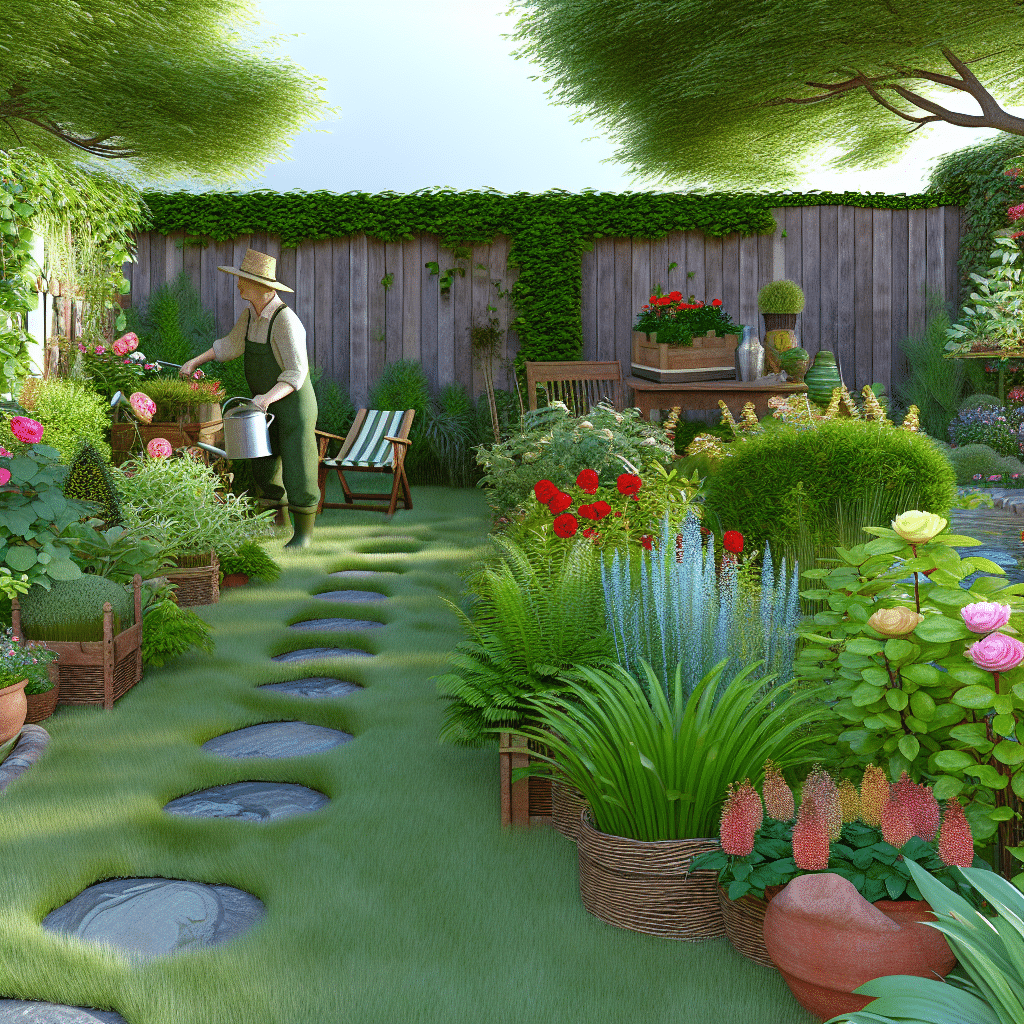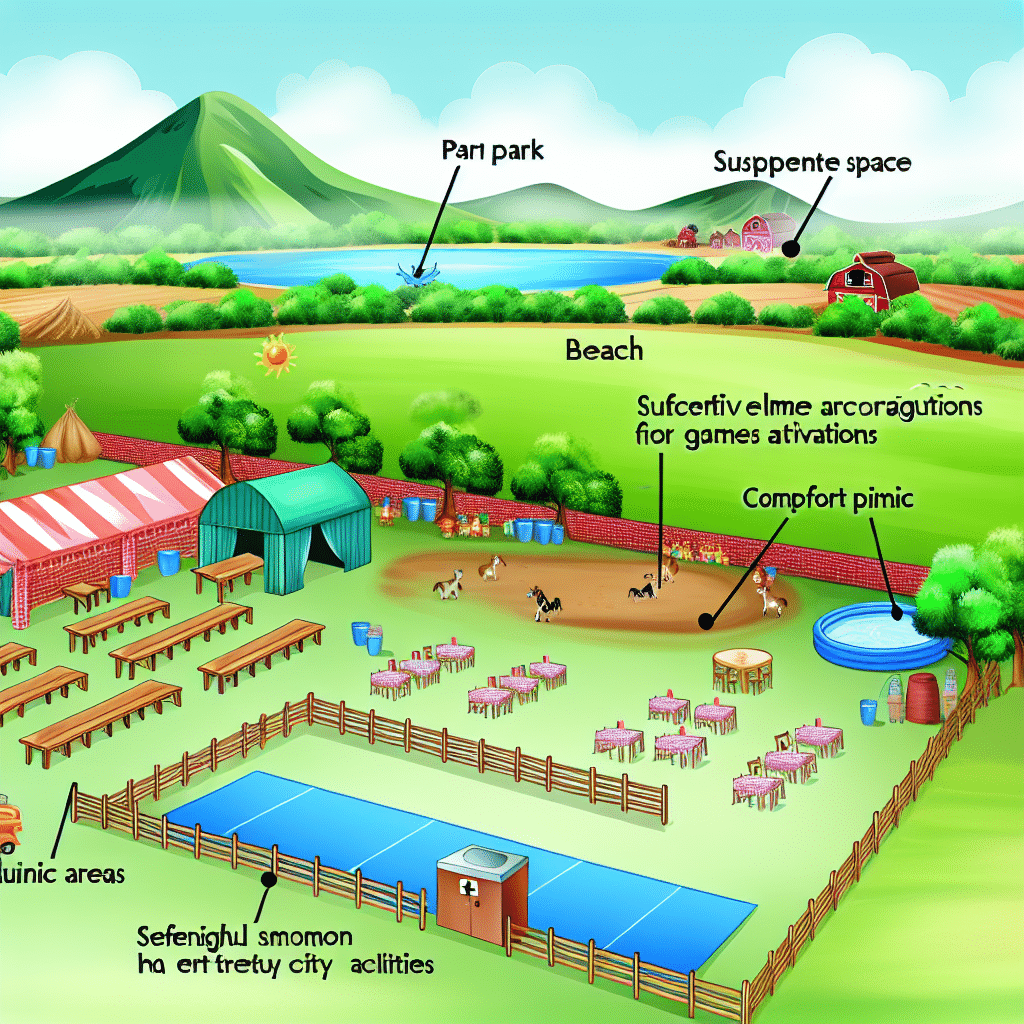Gardening is more than just a hobby; it’s an age-old practice that intertwines the art of cultivating plants with the joy of nurturing life. From a small balcony with a few potted herbs to vast landscapes adorned with flowers, trees, and vegetables, gardening offers a sense of fulfillment and connection to nature that is unparalleled.

What is Gardening?
Gardening, at its core, is the act of growing and cultivating plants as part of horticulture. This practice can be done in various environments such as gardens, greenhouses, and even urban settings. But what makes gardening so special? The answer lies in its diversity and the myriad ways it can enrich our lives.
Gardening encompasses a wide range of activities: planting flowers to create a splash of color, growing vegetables for a sustainable food source, designing landscapes for aesthetic pleasure, and maintaining lawns to keep them healthy and green. Each gardener’s approach can be as unique as a fingerprint, reflecting personal preferences, local climate, and available space.
Why Do People Love Gardening?
Gardening is beloved for many reasons, each adding a layer of depth to why this practice has endured through the centuries.
Connection to Nature
In our fast-paced, technology-driven world, gardening offers a sanctuary where we can reconnect with the natural world. Digging in the soil, watching seeds sprout, and observing the changing seasons provides a profound sense of peace and grounding.
Physical and Mental Health Benefits
Gardening is a form of physical exercise that can be tailored to any fitness level. Whether you are turning soil, pulling weeds, or planting perennials, gardening keeps you active and engaged. Moreover, numerous studies suggest that spending time in nature and engaging with plants can reduce stress, anxiety, and depression, fostering overall mental well-being.
Creative Expression
A garden is a living canvas where individuals can express their creativity. The choice of plants, the design of garden beds, the placement of pathways and decorative elements all allow for personal flair. Seasonal changes provide an ever-evolving masterpiece that reflects both the gardener’s vision and nature’s unpredictability.
Sustainability
Gardening plays a crucial role in promoting sustainability. Home gardens can reduce the need for commercial farming, which often involves harmful pesticides and excessive water usage. Composting kitchen waste and garden clippings minimizes landfill contributions and enriches the soil, fostering a healthier environment.
Types of Gardening
Gardening is not a one-size-fits-all activity. There are various types of gardening, each with its unique focus and benefits.
Vegetable Gardening
Growing your own vegetables is one of the most rewarding types of gardening. It not only provides fresh, nutritious produce but also gives gardeners a sense of accomplishment and self-sufficiency. Raised beds, container gardens, and traditional in-ground plots are popular methods for cultivating vegetables.
Flower Gardening
For those who delight in color and fragrance, flower gardening is a perfect choice. From planting perennial borders to designing annual container displays, flower gardens can transform any space into a vibrant and aromatic haven.
Herb Gardening
Herb gardening is ideal for both culinary enthusiasts and those interested in natural remedies. Growing herbs like basil, mint, and rosemary provide fresh ingredients for cooking and homeopathic uses. They can be grown indoors on windowsills or in larger outdoor plots.
Landscape Gardening
Landscape gardening involves designing and maintaining large areas, such as parks, estates, and public gardens. This type of gardening focuses on creating aesthetically pleasing outdoor spaces that can be enjoyed by many.
Urban Gardening
Urban gardening is gaining popularity as people find innovative ways to bring green spaces to city environments. Rooftop gardens, vertical gardens, and community plots allow city dwellers to engage in gardening despite limited space.
How to Start a Garden?
If you’ve ever wondered how to start a garden, the process is simpler than you might think. Here are some tips to get you going:
1. Choose Your Location
Determine the best spot for your garden. Most plants need at least six hours of sunlight daily, so select a sunny location.
2. Decide What to Grow
Consider your climate, space, and personal preferences when choosing plants. Beginners may want to start with easy-to-grow plants like tomatoes, marigolds, or mint.
3. Prepare Your Soil
Healthy soil is crucial for a thriving garden. Test your soil’s pH and add compost or other organic matter to improve its fertility and structure.
4. Plant Your Garden
Follow planting guidelines for each type of plant, paying attention to spacing, depth, and timing. Seedlings and young plants can be transplanted directly into prepared beds.
5. Maintain Your Garden
Regular watering, weeding, and monitoring for pests will help keep your garden healthy and productive. Be patient and attentive to your plants’ needs as they grow.
Conclusion
Gardening is much more than a series of tasks; it’s a journey of discovery, creativity, and connection. Whether you are tending to a single potted plant or managing an extensive landscape, the benefits of gardening span physical health, mental well-being, and environmental sustainability. Engaging in gardening allows you to appreciate the wonders of nature, exercise creativity, and contribute to a greener world. So, why not pick up a spade and start your own gardening adventure today?



